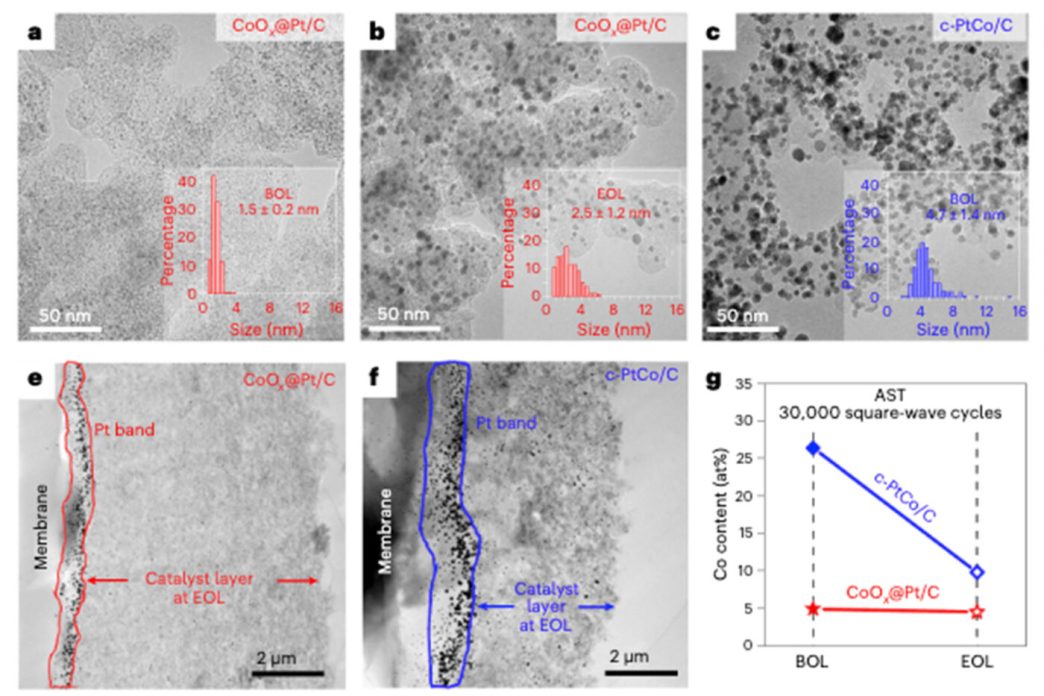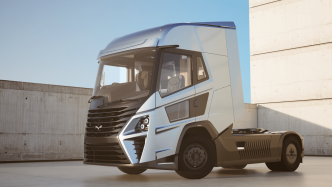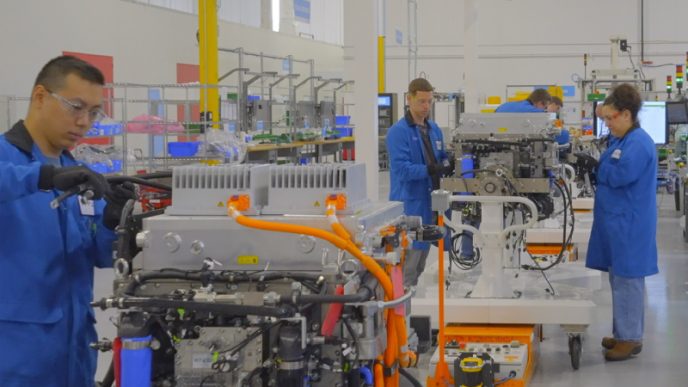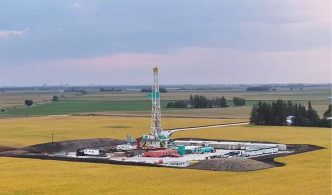A recent study published in Nature Catalysis has identified a method to enhance the durability of proton-exchange membrane (PEM) fuel cells by embedding cobalt oxide clusters within an ultrafine platinum catalyst. The research, led by Yu Huang, a professor at the UCLA Samueli School of Engineering, indicates that passenger vehicles equipped with these innovative fuel cells could potentially last 87.5% longer than the U.S. Department of Energy’s target of 8,000 hours, or approximately 150,000 miles.
Experts in the transport sector have noted that PEM fuel cells are particularly suited for hard-to-decarbonize sectors, such as long-haul trucking, heavy-duty vehicles, aviation, and maritime applications. This preference is largely attributed to their higher energy density compared to batteries and the scarcity of platinum, a critical component in traditional fuel cells. The study suggests that increasing the use of the embedded cobalt-oxide platinum catalyst could further enhance fuel cell longevity in heavy-duty applications.
“Our research demonstrated an atomic interior scaffold that holds platinum atoms in place in the catalyst so they remain stable over an extended period of time,” Huang explained.
In the study, researchers replaced the conventional platinum alloy in PEM fuel cells with clusters of cobalt oxide encased in platinum shells. This configuration has shown superior durability and longevity compared to traditional platinum-cobalt alloys.
The interest in PEM fuel cells is rising in the United States as part of the nation’s hydrogen strategy, and countries like China and India are also exploring similar technologies. These nations recognize the importance of reducing dependency on fossil fuel imports, driving research and development efforts towards scaling both fuel cell and electrolyzer manufacturing for hard-to-decarbonize transport applications.
However, the study does not address a significant challenge in hydrogen PEM technology—the reliance on platinum, which is primarily sourced from South Africa and Russia. Researchers globally are investigating alternatives, such as iron, to mitigate this vulnerability. Until then, advancements like those developed at UCLA may provide a pathway for enhanced performance in existing PEM fuel cell technologies.
The study included contributions from Alessandro Fortunelli, senior co-corresponding author from the National Research Council in Italy, among other collaborators, and was partially funded by the U.S. Office of Naval Research.
Source: chemistry.ucla.edu













